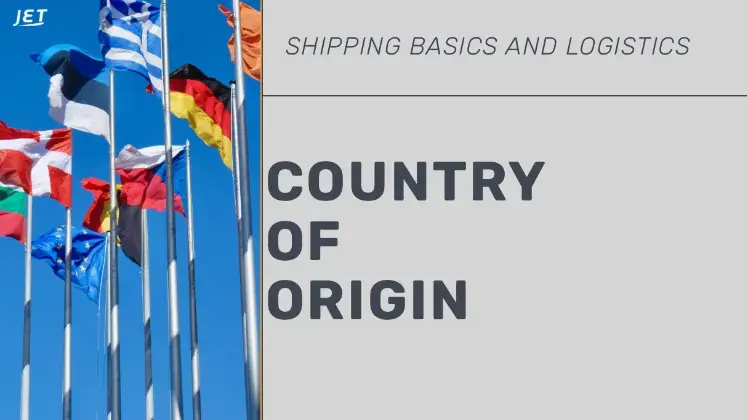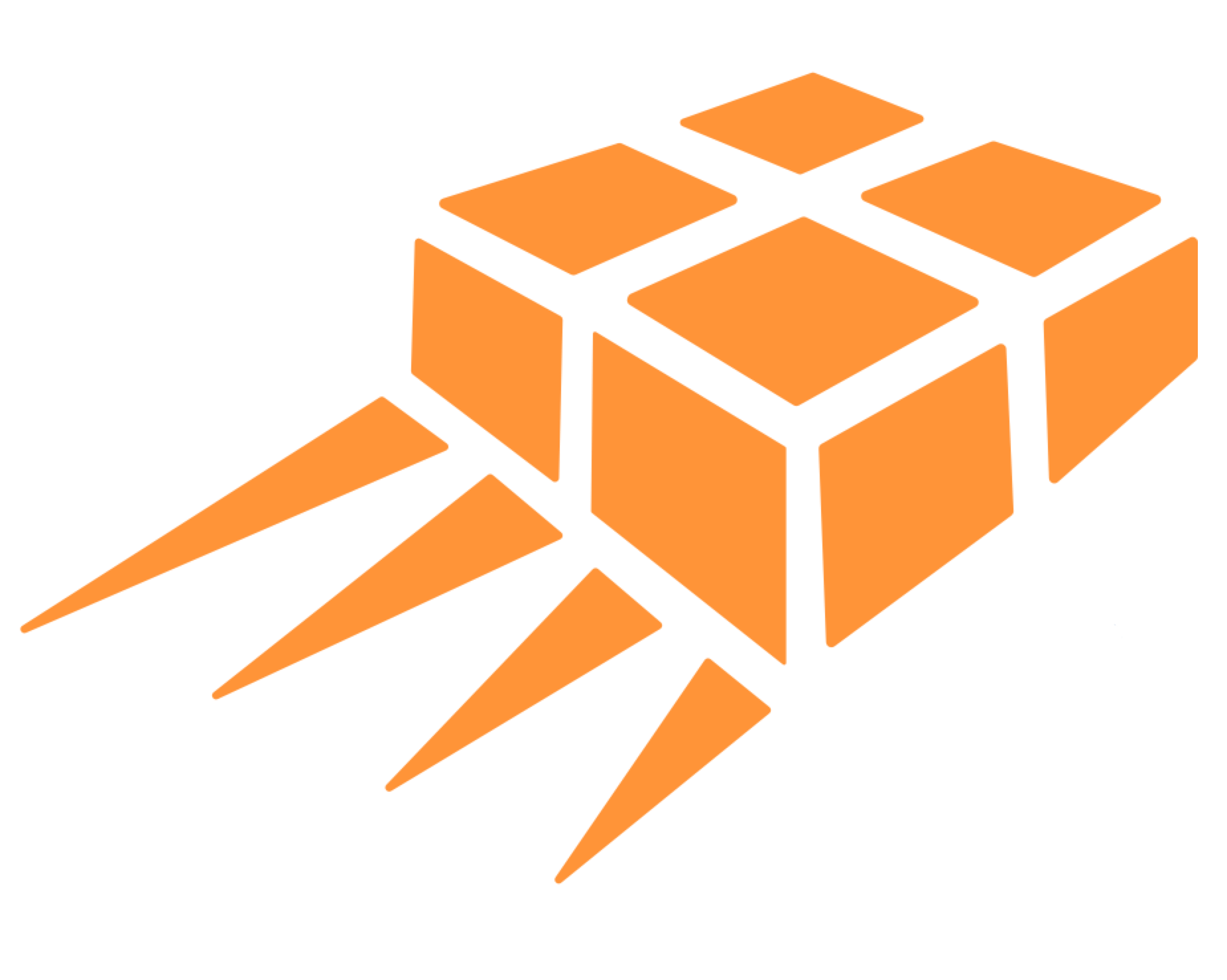
Understanding Country Of Origin For Shipping Declarations
The term country of origin can mean two different things in cross-border shipping: (1) where the goods are manufactured/produced and (2) the country they are shipped from. Each affects duties, taxes, admissibility, documentation, and overall landed cost when importing to or exporting from Canada. This guide explains the differences and how Canada’s FTAs apply.
Jet Worldwide provides Canadian and global logistics across modes and carriers. Our team adds a compliance-first layer—customs, valuation, origin, permits—so your operation isn’t locked into a single carrier or rigid process.
 Useful Video: Understanding Country of Origin
Useful Video: Understanding Country of Origin
Expand your cross-border options and build best-in-class processes between anywhere and everywhere—with a trusted brand for over 40 yearsOn this page
Part 1 — Shipping-From Country vs. Country of Origin
What does country of origin mean?
What is country of origin?
For the purposes of cross border shipping, country of origin most often refers to where the goods were manufactured, grown, raised or extracted.
CUSMA Agreement (and other FTA's)
The concept of Country of Origin - or "originating goods" - are defined in CUSMA and all Free Trade Agreements. Each agreement outlines how goods can qualify for duty free import.
Definitions that matter at the border
- Shipping-from country: Where the goods physically dispatch (the last place they are shipped from).
- Country of origin: Where the goods are manufactured, produced, grown, or substantially transformed.
Why this distinction matters: Origin can determine duty rates, eligibility for FTAs, admissibility, quotas, and marking. Shipping-from location rarely decides the duty rate—but can affect programs, thresholds, and operational routing.
When the shipping-from country can still matter
- Regional value thresholds & exemptions: Certain value-based thresholds or programs vary by trade region.
- Sanctions / non-MFN origins: Goods shipped from or made in certain jurisdictions may face special measures.
- Quota/permit interactions: Route choices can trigger different documentary checks or port handling rules.
Read more about Canadian import fees and duty calculation
Examples: “Ship-From” vs. “Country of Origin”
- A Canadian seller ships to Germany goods made in China. The origin is China—so the shipment doesn’t qualify under CETA despite leaving from Canada.
- A U.S. retailer ships to Canada goods made in China. Origin is not U.S.; USMCA/CUSMA preferential duty does not apply.
Part 2 — Rules of Origin in Canada’s Free Trade Agreements
Rules of origin determine if goods qualify for preferential (often duty-free) treatment under Canada’s FTAs. They specify how much originating content and what production processes are required.
Key concepts
- Wholly obtained: Goods grown, harvested, mined, or produced entirely within an FTA party.
- Substantial transformation: A qualifying change in tariff classification or a minimum regional value content (RVC).
- De minimis: Limited non-originating inputs may be permitted below a set threshold.
- Cumulation: Inputs from FTA partners may count as originating.
View PDF: Understanding Country of Origin
General vs. sector-specific rules
General rules look at originating materials, production processes, and value percentages across many products.
Sector-specific rules define tighter requirements for sensitive sectors:
- Textiles & apparel: Yarn-forward/fabric-forward requirements are common.
- Automotive: Complex component-level origin thresholds and process requirements.
- Chemicals: Origin may hinge on specified chemical reactions or inputs.
- Agriculture: Origin of seeds/inputs and where primary production occurs can be decisive.

Documentation & evidence
To claim preferences, you’ll typically need a certificate/statement of origin, plus supporting documents such as invoices, bills of lading, and process/inputs evidence. Start early—confirm requirements before shipping.
Part 3 — Landed Cost in Canada: What Changes with Origin?
Landed cost is the sum of transportation, duties, taxes, brokerage, surcharges, and operational fees required to deliver the shipment.
How origin affects your total cost
- Duty rate: Origin drives tariff rates and any preferential treatment under FTAs.
- Tax base: GST/HST (and PST/QST where applicable) applies to the duty-paid value and can include brokerage.
- Eligibility & paperwork: Origin decides whether you can claim preferences and what proof is needed.
- Risk & surcharges: Certain origins/routes can introduce permits, quotas, sanctions, or extra screening.
Tip: Ask Jet Worldwide to run a pre-shipment landed-cost estimate using your HS code, origin, value, province of import, and service level.
Shipping options between Canada and FTA partners
- Air freight: Fastest; economy air options for mid-weight commercial orders.
- Ocean freight: Most cost-effective for larger commercial orders and project cargo.
- Postal: Best for individuals and micro-parcels; usually cannot support formal origin certifications.
- Integrators (FedEx, DHL, UPS): Ensure origin documentation is explicit when claiming preferences.
- Jet Worldwide: Carrier-agnostic planning with compliance, landed cost, and returns baked in.
Most-Favoured-Nation (MFN) note
Most countries benefit from Canada’s MFN tariffs. Exceptions (e.g., sanctioned or suspended) can face special measures. Confirm status and any permit/quota rules before shipping.
Partner with Jet Worldwide
Get expert support for origin, valuation, permits and cross-border logistics.
Related Resources
- Commercial invoice for international shipping
- Declared value, CIF & valuation for international shipping
- What is an HS code? Tariff classification basics
- Canada importer registration for CARM
- Canada export declaration (CERS): B13A
- What is a bill of lading or waybill?
- Choosing a Canadian customs broker
- Shipping via ocean freight to and from Canada
FAQs: Country of Origin & Shipping to/from Canada
Does the shipping-from country determine duty in Canada?
Usually no. Duty primarily follows the country of origin (where the product was made or substantially transformed). Shipping-from location affects logistics and programs but rarely sets the duty rate.
How do I qualify for FTA duty relief (e.g., CUSMA/USMCA)?
Your product must meet the agreement’s rules of origin (e.g., regional value content or tariff shift). You’ll need a statement/certificate of origin and supporting documentation.
What documents should I keep to support origin?
Keep bills of materials, supplier declarations, process evidence, invoices, bills of lading, and the origin statement/certificate.
Can I model landed cost before shipping?
Yes. Jet Worldwide can estimate duty/tax using HS code, origin, and value, and include brokerage and common surcharges to present a total landed cost at quote time.
Are there cases where ship-from does matter for Canada?
Yes—e.g., sanctioned or special-measures jurisdictions, certain quotas/permits, and operational thresholds tied to regional programs. Confirm route and compliance early.







